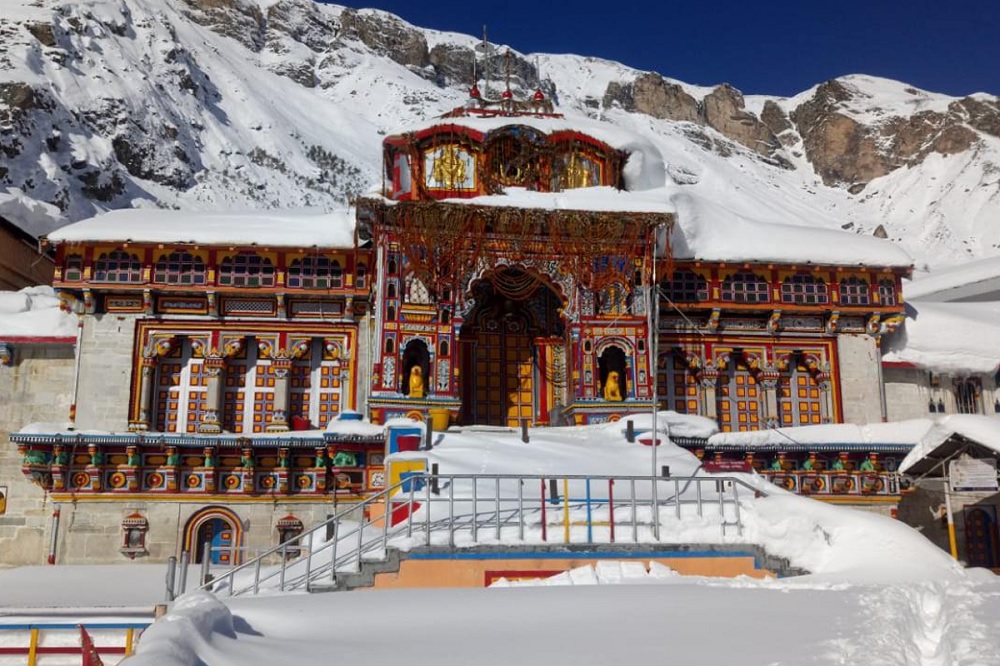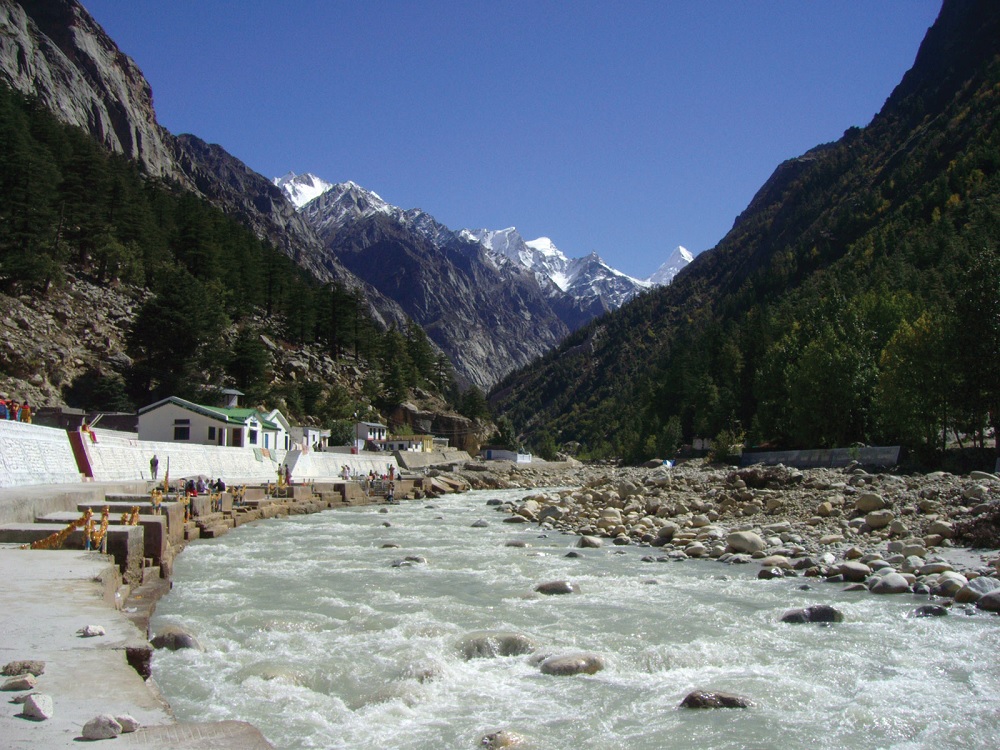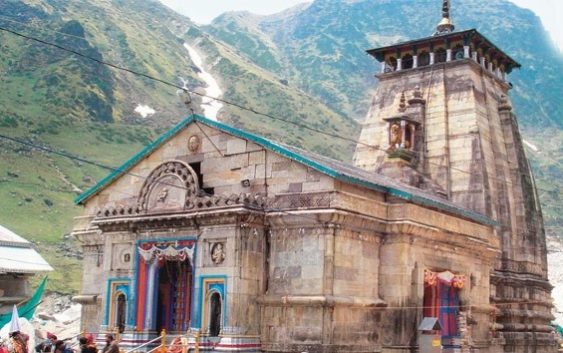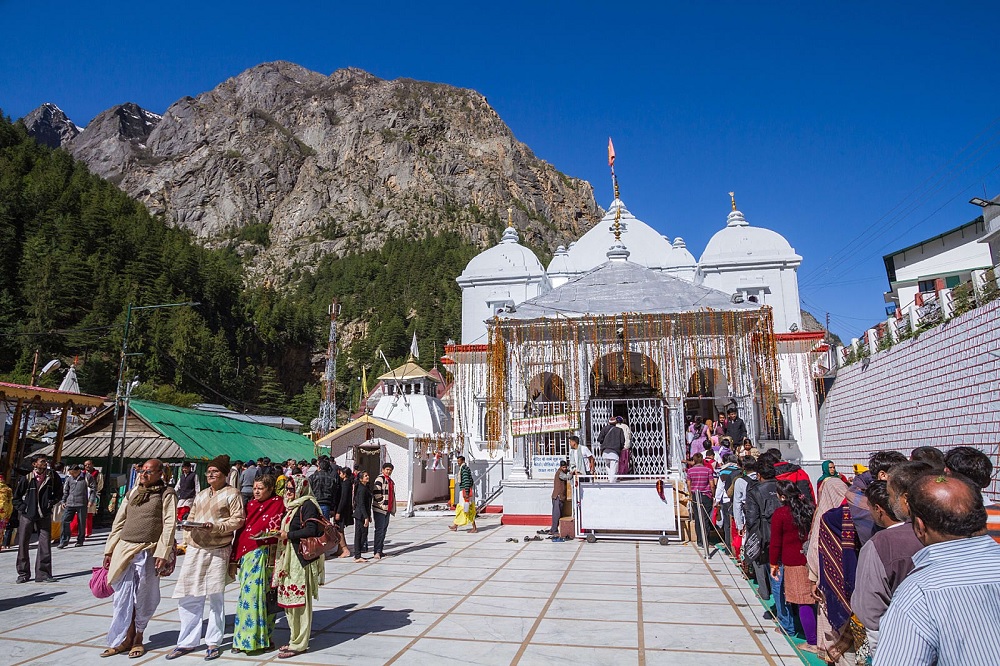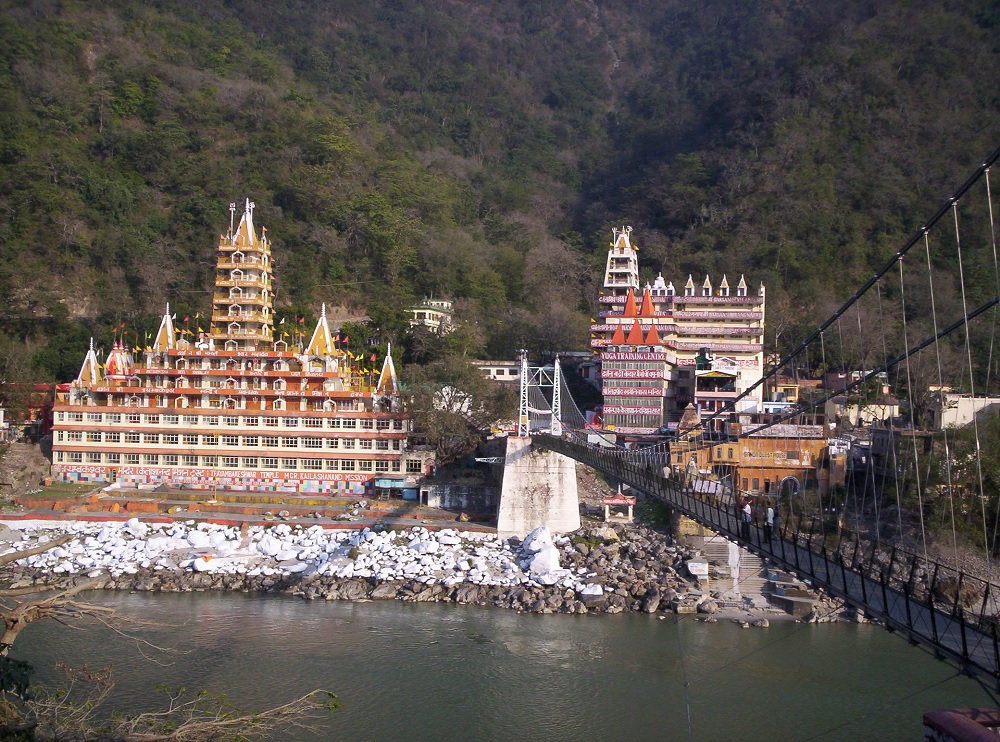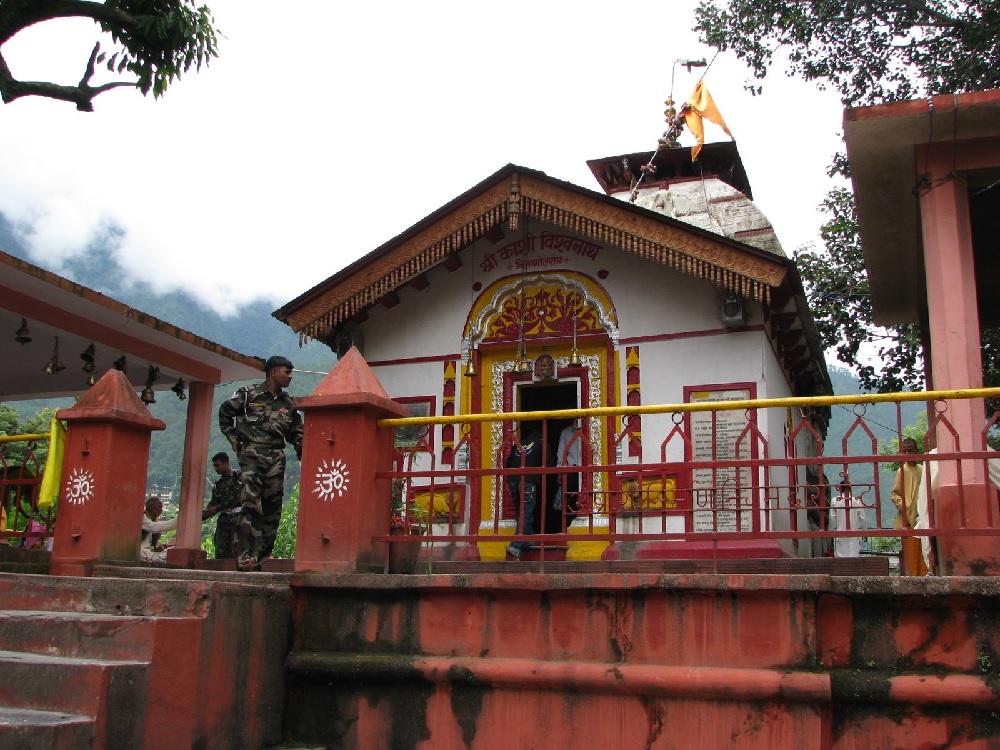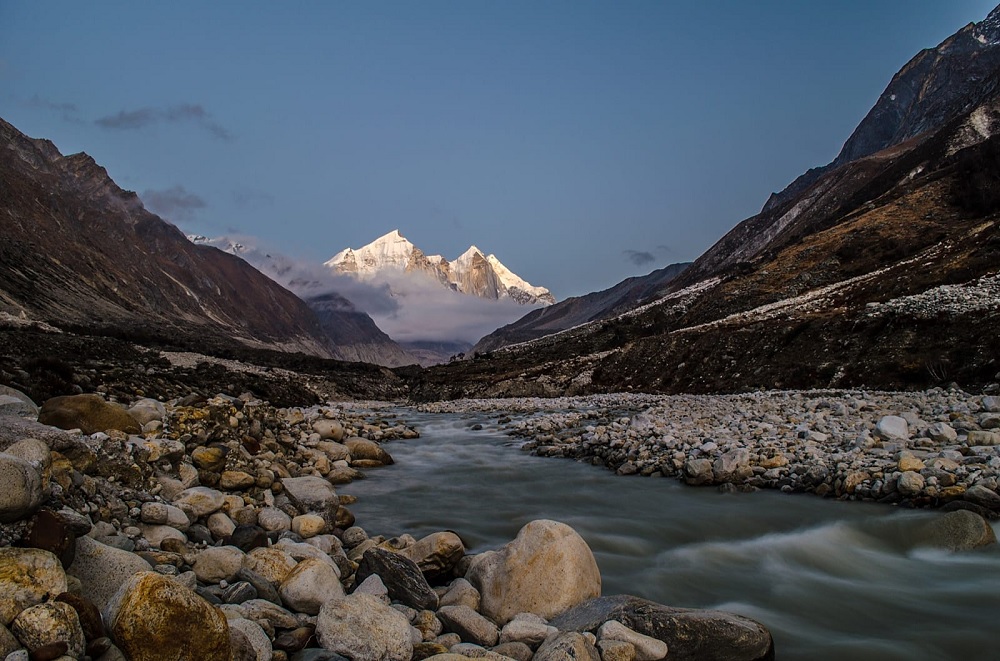Bheem Pul Badrinath
Bheem Pul is a natural stone bridge that is located in a village called Mana, that is near to Indian side of the Indo-Tibet border and is designated as the Tourism village of Uttrakhand. It is just 3 to 4 kms away from Badrinath temple and is also the meeting point of the Saraswathi and Alaknanda rivers. Due to this, one can also hear the gushing waters of Saraswathi river right below this huge stone structure.
Bheem Pul’s legendary Story
Pul is one of the many interesting historic sites of Uttarakhand and has a story attached to it as well. According to the story, Pandavas, who are well known as Pandava Brothers, in the epic Mahabharatha, followed this very path when they had walked their final journey from Badrinath temple to Swarga (heaven), also known as the Swargarohan.

But, Draupadi, the wife of the Pandavas, was finding it difficult to cross the Saraswati river. So, at this point, Bheema, who was supposed to be very strong and possess the strength of several elephants, brought a big Shila or stone and placed it above the flowing Saraswathi river.
This single piece of stone was so perfectly placed and covered the area so well, that it acted as a bridge, and Draupadi could cross the river easily.
Thus, this natural stone bridge or the Bheem Pul, signifies the strength and courage showed by Bheema, in carrying such a massive piece of rock to help people cross the river. The surrounding caves are witnesses to Bheema’s good deeds and there are also some marks on this gigantic rock, which is considered to be Bheema’s fingerprints.
Bheem Pul is thus so famous that people consider it to be a very holy site and also take home the water from the Saraswathi river which flows beneath the Bheem pul.
According to another story, it is believed that Bheem Pul is the place where Lord Ganesh wrote down the legendary Mahabharta, as dictated by Saint Ved Vyas.
How to reach Bheem Pul?
The Mana village can be reached from Badrinath. But to come to Badrinath, one needs to take a flight from Dehradun, which has the nearest airport and take a cab to cover the rest of the journey which is approximately around 261 kms.
For those who can travel by train, the Rishikesh Railway station is the nearest to Badrinath and is well connected to all the prominent cities in Uttrakhand. Further, even local buses are available from several major cities which one can make use of, to reach Badrinath.
Natural Beauty around Bheem Pul
One can easily walk or trek from the Mana village to Bheem Pul, by covering a short distance of around 350 meters, via the NH58 highway of Badrinath.
Along the path itself, one can find themselves covered in between the rugged mountains, the floating white clouds which feel almost reachable, the tiny flowers which greet you with their beautiful colors, the mysterious caves and the gorgeous Alaknanda and Saraswati rivers which flow in a way like they are singing for your safe journey.
The journey feels magical, just like the Pandavas would have felt at their time. There are sign boards which lead you to the Ganesh Gufa and then the Vyas Gufa, where sometimes you can see a Naga baba performing some holy ritual. From across the Vyas Gufa you can see the Bheem Pul or the big boulder.
For photographers and nature lovers, this sight is nothing less than heaven.
What you should not miss in Bheem Pul?
Things that you should not miss in Bheem Pul are firstly the natural stone bridge itself and secondly, one should not miss having a refreshing cup of tea at the shop named ‘India’s last tea shop’.
This must visit tea shop is aptly named and the tea here costs around 30 Indian Rupees. The tea is quite good and as a complimentary service you get to listen to entertaining stories about Bheem Pul and the history of the tea stall, from the owner himself. Lastly, you can relax amid the amazing views while sipping on your tea.
Best time to visit Bheem Pul
Bheem Pul lies in the Mana village where the temperature is usually cold throughout the year. But one can avoid the extreme temperature and visit Bheem Pul from the months of March to June, when the temperature is really pleasant and ranges between 15°C to 20°C.
This is the best time for tourists who want to enjoy the views of this wonderful place and also include pilgrimage tours in their itinerary.
From June to September the monsoons are pretty common, and it can rain anytime. Landslides and roadblocks are also regular occurrences during the monsoons and also there can be a decrease in temperature, during this season.
But irrespective of the month of your visit, it is always better to carry a heavy jacket along with some light woollen and cotton clothes. If you are visiting Bheem Pul in the months nearing to monsoons, it is advisable to carry umbrellas and fast drying polyester jacket.
The jacket is best when its hooded so that, it can protect you from altering morning and evening temperatures.
Accomodation Near Bheem Pul
Mana is a pretty small village is not so developed right now. So, finding an accommodation for an overnight stay can be difficult and also it is highly unlikely that you might have to stay overnight in the village, unless you have some local friends who can help you stay as a paying guest with the villagers.
But for those on a budget travel, staying at Badrinath or Joshimath in one of the few decent budget hotels, or lodges run by pilgrims and charity groups, can be a good option. Also, finding mobile network is impossible in the Mana village. So be well prepared before you plan your travel.
The Bheem Pul is thus a surreal place which invites a lot of visitors every year. The ancient village along with its majestic mountains and caves, just cannot be described in words. So, visit Bheem Pul at the earliest and experience its real feel.





